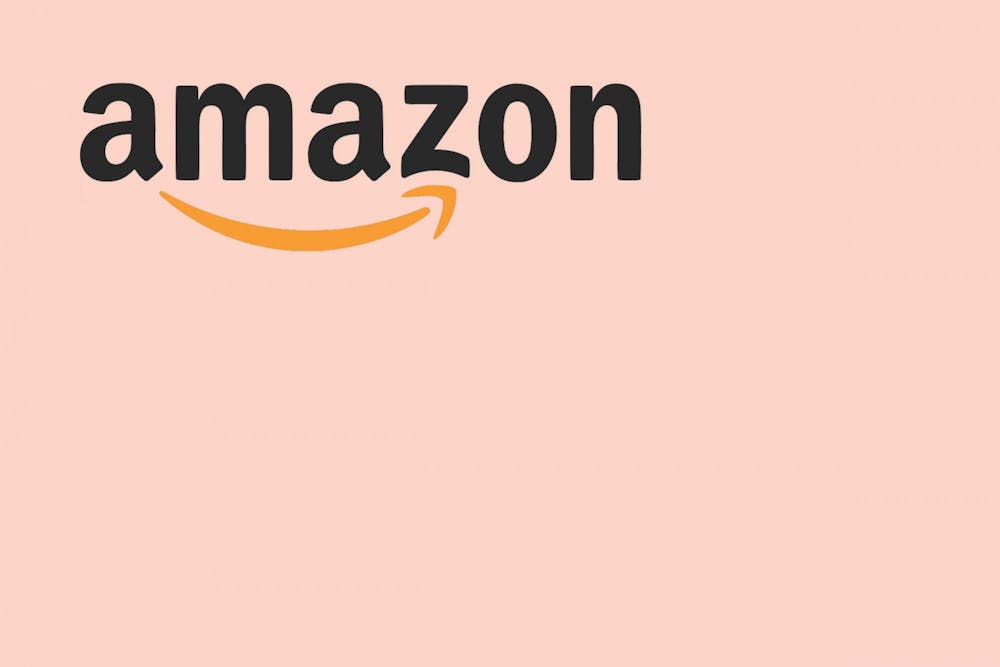“I got it off Amazon!”
While this may not be the reply you'd expect to hear when inquiring about the origins of your friend's trendy new blouse, in the past year, purchasing clothing off of the popular online retailer has become far more commonplace.
The fashion industry was hit tremendously hard by the COVID–19 pandemic. Many popular clothing retailers, including Lord & Taylor, Neiman Marcus, and JCPenney, filed for bankruptcy. What's more, roughly 12,200 U.S. retailers closed their doors in 2020.
But amid the chaos, Amazon endured, actually benefitting from the masses being secluded to their homes. U.S. sales of clothing and shoes on Amazon grew 15% in 2020, reaching $41 billion. In March 2021, it became the top clothing retailer in the U.S., beating Target, Walmart, Gap, and countless others.
Amazon has been trying to break into the fashion industry for years, with limited success. So how did it pull it off—and during a pandemic, no less?
The success of Amazon's entry can be attributed, in part, to its implementation of the Influencer Program. Through this program, social media fashion influencers are able to curate their own storefront on Amazon and receive a commission when a sale is made. To find these influencers, all one needs to do is search the #FoundItOnAmazon trend on popular social media platforms, and voilà.
In addition to the Influencer Program, some credit Amazon’s newfound popularity in the fashion industry to its partnerships with Vogue and the Council of Fashion Designers of America (CFDA). Vogue and the CFDA launched Common Threads in 2020 to help support small designers that were suffering due to the pandemic. Amazon joined the partnership and opened Common Threads’ online storefront, which has proven successful. Amazon also recently launched Amazon Fashion, Prime Wardrobe, and Personal Shopper by Prime Wardrobe, and in doing so has further legitimized and expanded its dedication to fashion.
The corporation sells clothing from some of the most popular men’s, women’s, and children’s brands, including Levi’s, Calvin Klein, Kate Spade, and more. Whatever the cause, Amazon has undeniably upped its style game in the past year—using social media to get the word out. #AmazonFashion is trending across platforms, featuring Instagram photos and TikTok hauls of everyone from influencers to run–of–the–mill college students showing off their new Amazon 'fits.
The e–commerce giant has arguably found its next conquest in clothes.
I won't lie to you, I've bought several products on Amazon in the past. I see the benefits that purchasing items off of the retailer poses, and have reaped them myself. Who can blame people for being charmed by Amazon’s ease, convenience, and prices—especially when trying to upgrade your wardrobe? From an efficiency standpoint, it passes the test, and that is a big factor for many, including myself, when online shopping.
But Amazon is also undoubtedly exacerbating the already suffocating reign of fast fashion brands on small businesses. As many know, one of the draws of Amazon is its low prices. Its determination to maintain this price tag is steadfast—Amazon goes so far as to threaten merchants if they see the brand is selling their product for a lower price on another website.
While consumers benefit from this with great deals, workers in the textile industry are suffering as a result. A Wall Street Journal investigation reported that after a deadly factory collapse in 2013 in Bangladesh, most large U.S. retail companies joined safety monitoring groups and agreed not to include factories that violate certain safety standards in their supply chains. Amazon was not one of these companies—the investigation reported that the site sells abundant clothing from dozens of unsafe Bangladeshi factories.
We cannot pretend that this is uncommon in the fashion industry, or that Amazon is anywhere near alone in its use of fast fashion—many of the most popular clothing retailers, such as Zara, H&M, and Forever 21 utilize these same practices, and all should be called out for it.
Amazon did, however, save countless brands that were suffering due to the pandemic. 63% of online shopping searches start on Amazon, widening the reach of small brands that have seen limited success without Amazon’s help, and even large brands whose numbers are dwindling.
Though Amazon provides lifelines to businesses in need, many brands remain "anti–Amazon" because it is precisely companies like Amazon that have forced them into financial instability. Many have to sell their product through Amazon in order to keep up as the corporation increases its hold over the retail industry.
Amazon’s stronghold over the fashion industry coupled with its unethical practices allows the corporation to have a significant impact on the monopoly that fast fashion holds. Yes, #AmazonFashion is cute, trendy, and sometimes ideal for your wallet—but it is important for us all to remember that the true price of Amazon products might be higher than a number displayed on the screen.







